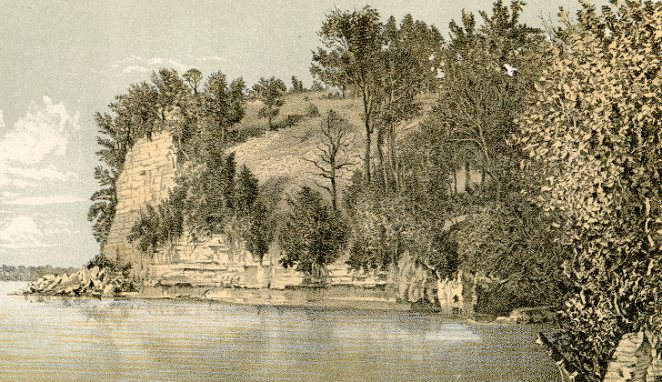Ordovician

Ordovician 0.45 bya (WI and IL)
Ordovician
490 - 443 million years ago
Broad, shallow tropical seas covered much of the state, depositing carbonate mud, sand, silt and mud between 443 - 495 million years ago. Rocks of the Ordovician Period in Wisconsin consist of dolomite, sandstone, and shale. Many are very fossiliferous with brachiopods, gastropods, bryozoans, corals, bivalves, cephalopods, and receptaculitids. The state mineral, galena, occurs as a secondary mineral in these Ordovician age rocks and was mined in the southwestern part of the state.
An inland sea persisted across eastern and southern Wisconsin during the following Ordovician and Silurian Periods. For most of its history, this sea received little clastic material, and the sea bottom was covered by carbonate deposits. These deposits are represented by beds of limestone and dolostone that contain corals, brachiopods, crinoids and many other kinds of fossils. Reefs flourished in this sea during the later half of the Silurian Period. During the Devonian Period, the inland sea retreated to southeastern Wisconsin, and by the end of the Devonian, it was gone.






